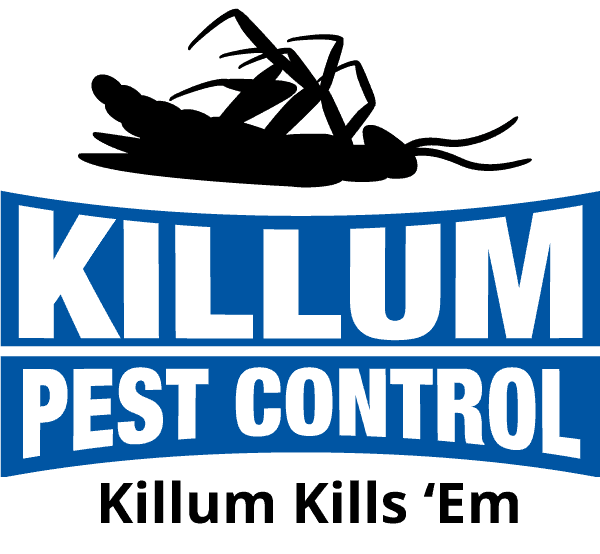Termites may be small in size, but their impact on Texas homes can be enormous. Every year, these wood-eating invaders cause billions of dollars in property damage across the United States, silently and stealthily attacking the foundations, walls, and support beams of our homes. As a homeowner in the Lone Star State, understanding the dangers associated with termites and implementing effective preventative and detection measures is crucial to protect your investment and maintain a safe living environment.
As the area’s top provider of residential and commercial pest control services, Killum Pest Control, Inc. is dedicated to helping homeowners protect their property from the silent threat of termites. Join us as we reveal essential strategies for termite prevention and early detection, giving you the tools necessary to maintain a safe, secure, and termite-free home.
1. Termite Species in Texas: Meet the Invaders
Texas homes are most commonly threatened by two species of termites: Subterranean termites and Drywood termites. Each species presents unique challenges, making it crucial to understand their differences and habitat preferences.
- Subterranean Termites: The most widespread and damaging termite species in Texas, subterranean termites live in underground colonies and create mud tunnels to access wood sources above ground. They are highly attracted to moist, damp environments and can cause extensive structural damage if left unchecked.
- Drywood Termites: Unlike subterranean termites, drywood termites do not require a constant source of moisture. They establish their colonies within dry wood structures, such as door and window frames, furniture, or the wood siding of your home, and can survive solely on the cellulose found in wood materials.
2. Identifying the Signs of a Termite Infestation
Early detection of a termite infestation is crucial for minimizing damage and ensuring effective treatment. To prevent a small termite issue from turning into a massive problem, keep an eye out for these critical warning signs:
- Mud Tubes: Subterranean termites build mud tunnels, or tubes, along surfaces like walls and foundations to access food sources while staying protected from open air. If you notice these pencil-width tubes around your home, it’s a clear sign of a subterranean termite infestation.
- Frass or Droppings: Drywood termites expel small, hexagonal, wood-colored pellets called frass as they consume wood. If you find piles of frass near the wooden structures of your home, it may indicate a drywood termite infestation.
- Damaged Wood: Both subterranean and drywood termites can leave behind wood that sounds hollow when tapped or appears damaged, with visible grooves or tiny holes in the surface.
- Swarmers: Termite swarmers, or winged alates, are the reproductive members of the colony that emerge during swarming season to form new colonies. If you spot swarmers or discarded wings around your property, it’s a sign that a termite colony may be nearby.
3. Preventative Measures for Homeowners in Texas
To protect your home from termites, implement these preventative measures:
- Eliminate Moisture Issues: Fix leaky pipes, maintain gutters and downspouts, and address any other moisture problems around your home to deter subterranean termites.
- Store Firewood and Lumber Away from Home: Store wood materials at least 20 feet away from your home’s foundation and off the ground to avoid giving termites easy access to your property.
- Professional Inspections: Schedule regular termite inspections with a qualified pest control expert to catch any infestations early and minimize potential damage.
- Proper Landscaping: Keep mulch, vegetation, and any other wood-based materials at least 12 inches away from your home’s foundation, as they can present an ideal environment for termites.
- Seal Entry Points: Seal gaps and cracks around your home’s foundation, windows, and doors to prevent termite access.
4. Professional Termite Treatment and Partnering with Killum Pest Control
When termites invade, it is essential to enlist professional help for effective treatment and long-term protection. Here are the advantages of working with experienced pest control providers like Killum Pest Control:
- Expert Assessment and Identification: A professional pest control expert will identify the termite species present in your home and recommend the most appropriate and effective treatment strategies.
- Customized Termite Treatment Plans: Treatment needs may vary depending on the type and extent of the infestation. Professional pest control providers offer tailored termite treatment plans that cater to the specific needs of your property.
- Ongoing Protection and Monitoring: Partnering with a trusted pest control company ensures regular inspections, monitoring, and any necessary preventive treatments to keep termites at bay and maintain a termite-free home.
Conclusion
Termites present a silent and destructive threat to Texas homes, making it essential for homeowners to take a proactive approach to prevention, early detection, and treatment. By understanding the risks posed by different termite species, identifying the signs of an infestation, implementing preventative measures, and collaborating with a trusted pest control provider like Killum Pest Control, you can protect your home and investment from costly termite damage.
Killum Pest Control, Inc. is committed to ensuring the safety and well-being of your property. Our team of skilled professionals is ready to help you tackle any termite problems in Texas with a customized treatment plan and ongoing protection. Contact us today to schedule an inspection and take the first steps toward a termite-free home.





